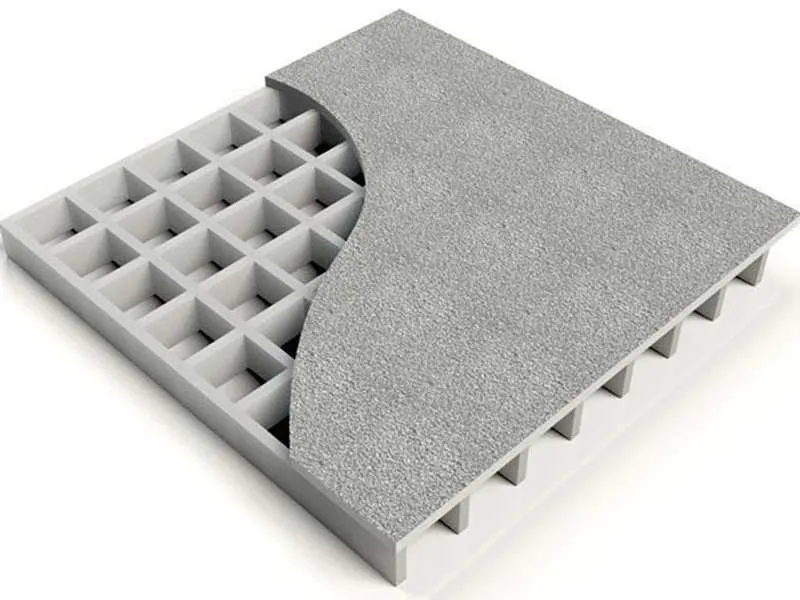
-
 Afrikaans
Afrikaans -
 Albanian
Albanian -
 Amharic
Amharic -
 Arabic
Arabic -
 Armenian
Armenian -
 Azerbaijani
Azerbaijani -
 Basque
Basque -
 Belarusian
Belarusian -
 Bengali
Bengali -
 Bosnian
Bosnian -
 Bulgarian
Bulgarian -
 Catalan
Catalan -
 Cebuano
Cebuano -
 China
China -
 China (Taiwan)
China (Taiwan) -
 Corsican
Corsican -
 Croatian
Croatian -
 Czech
Czech -
 Danish
Danish -
 Dutch
Dutch -
 English
English -
 Esperanto
Esperanto -
 Estonian
Estonian -
 Finnish
Finnish -
 French
French -
 Frisian
Frisian -
 Galician
Galician -
 Georgian
Georgian -
 German
German -
 Greek
Greek -
 Gujarati
Gujarati -
 Haitian Creole
Haitian Creole -
 hausa
hausa -
 hawaiian
hawaiian -
 Hebrew
Hebrew -
 Hindi
Hindi -
 Miao
Miao -
 Hungarian
Hungarian -
 Icelandic
Icelandic -
 igbo
igbo -
 Indonesian
Indonesian -
 irish
irish -
 Italian
Italian -
 Japanese
Japanese -
 Javanese
Javanese -
 Kannada
Kannada -
 kazakh
kazakh -
 Khmer
Khmer -
 Rwandese
Rwandese -
 Korean
Korean -
 Kurdish
Kurdish -
 Kyrgyz
Kyrgyz -
 Lao
Lao -
 Latin
Latin -
 Latvian
Latvian -
 Lithuanian
Lithuanian -
 Luxembourgish
Luxembourgish -
 Macedonian
Macedonian -
 Malgashi
Malgashi -
 Malay
Malay -
 Malayalam
Malayalam -
 Maltese
Maltese -
 Maori
Maori -
 Marathi
Marathi -
 Mongolian
Mongolian -
 Myanmar
Myanmar -
 Nepali
Nepali -
 Norwegian
Norwegian -
 Norwegian
Norwegian -
 Occitan
Occitan -
 Pashto
Pashto -
 Persian
Persian -
 Polish
Polish -
 Portuguese
Portuguese -
 Punjabi
Punjabi -
 Romanian
Romanian -
 Russian
Russian -
 Samoan
Samoan -
 Scottish Gaelic
Scottish Gaelic -
 Serbian
Serbian -
 Sesotho
Sesotho -
 Shona
Shona -
 Sindhi
Sindhi -
 Sinhala
Sinhala -
 Slovak
Slovak -
 Slovenian
Slovenian -
 Somali
Somali -
 Spanish
Spanish -
 Sundanese
Sundanese -
 Swahili
Swahili -
 Swedish
Swedish -
 Tagalog
Tagalog -
 Tajik
Tajik -
 Tamil
Tamil -
 Tatar
Tatar -
 Telugu
Telugu -
 Thai
Thai -
 Turkish
Turkish -
 Turkmen
Turkmen -
 Ukrainian
Ukrainian -
 Urdu
Urdu -
 Uighur
Uighur -
 Uzbek
Uzbek -
 Vietnamese
Vietnamese -
 Welsh
Welsh -
 Bantu
Bantu -
 Yiddish
Yiddish -
 Yoruba
Yoruba -
 Zulu
Zulu
FRP Pipe Saddle Design and Applications for Industrial Use and Installation Techniques
Understanding FRP Pipe Saddles Applications and Benefits
In the realm of industrial piping systems, the importance of secure and efficient pipe support cannot be overemphasized. Among the various types of materials utilized in these systems, Fiber Reinforced Polymer (FRP) has gained significant attention for its durability, lightweight nature, and resistance to corrosion. A crucial component of any piping system that utilizes FRP materials is the FRP pipe saddle. This article aims to elucidate the role and advantages of FRP pipe saddles in modern piping applications.
What is an FRP Pipe Saddle?
An FRP pipe saddle is a specialized support structure designed to provide stability and security to pipes made from Fiber Reinforced Polymer. Typically, these saddles are shaped to fit the curvature of the pipe, allowing for even weight distribution and minimizing stress concentrations. They can be manufactured in various sizes to accommodate different pipe diameters and applications, making them versatile for various industrial settings.
Applications of FRP Pipe Saddles
FRP pipe saddles are utilized across numerous industries, including chemical processing, oil and gas, water treatment, and construction. Their exceptional resistance to corrosive environments makes them particularly suitable for applications where traditional materials like steel may fail due to rust and deterioration. Additionally, FRP saddles are lightweight, which simplifies installation and reduces transportation costs.
In wastewater treatment facilities, for instance, these saddles can support pipes that carry corrosive chemicals without succumbing to decay. In the oil and gas industry, where high pressures and harsh environments are common, FRP pipe saddles ensure that the pipeline system remains intact and operational, thereby maintaining efficiency and safety.
Advantages of Using FRP Pipe Saddles
frp pipe saddle

1. Corrosion Resistance One of the most significant benefits of FRP materials is their resistance to corrosion, which is crucial in environments where pipes are exposed to aggressive chemicals or water.
2. Lightweight FRP pipe saddles are much lighter than metal alternatives. This feature not only simplifies handling and installation but also reduces the structural load on support systems.
3. Durability FRP materials offer exceptional strength, making them less prone to damage over time compared to traditional materials. This enhances the longevity of the support systems.
4. Thermal Insulation FRP exhibits excellent thermal insulating properties, which can be beneficial in situations where temperature variations are critical to the integrity of the pipeline.
5. Cost-Effectiveness While the initial investment in FRP materials may be higher than some conventional options, the long-term benefits, including reduced maintenance and replacement costs due to their durability, often make them the more economical choice.
Conclusion
In conclusion, FRP pipe saddles play a vital role in supporting piping systems across various industries. Their unique properties—such as corrosion resistance, lightweight, and durability—make them an optimal choice for modern industrial applications. As industries continue to evolve and prioritize efficiency and longevity, the use of FRP materials, and specifically FRP pipe saddles, will likely become even more prevalent, ensuring that piping systems remain secure, reliable, and cost-effective for years to come. Understanding the benefits and applications of these supports can lead to better decision-making in system design and maintenance.









